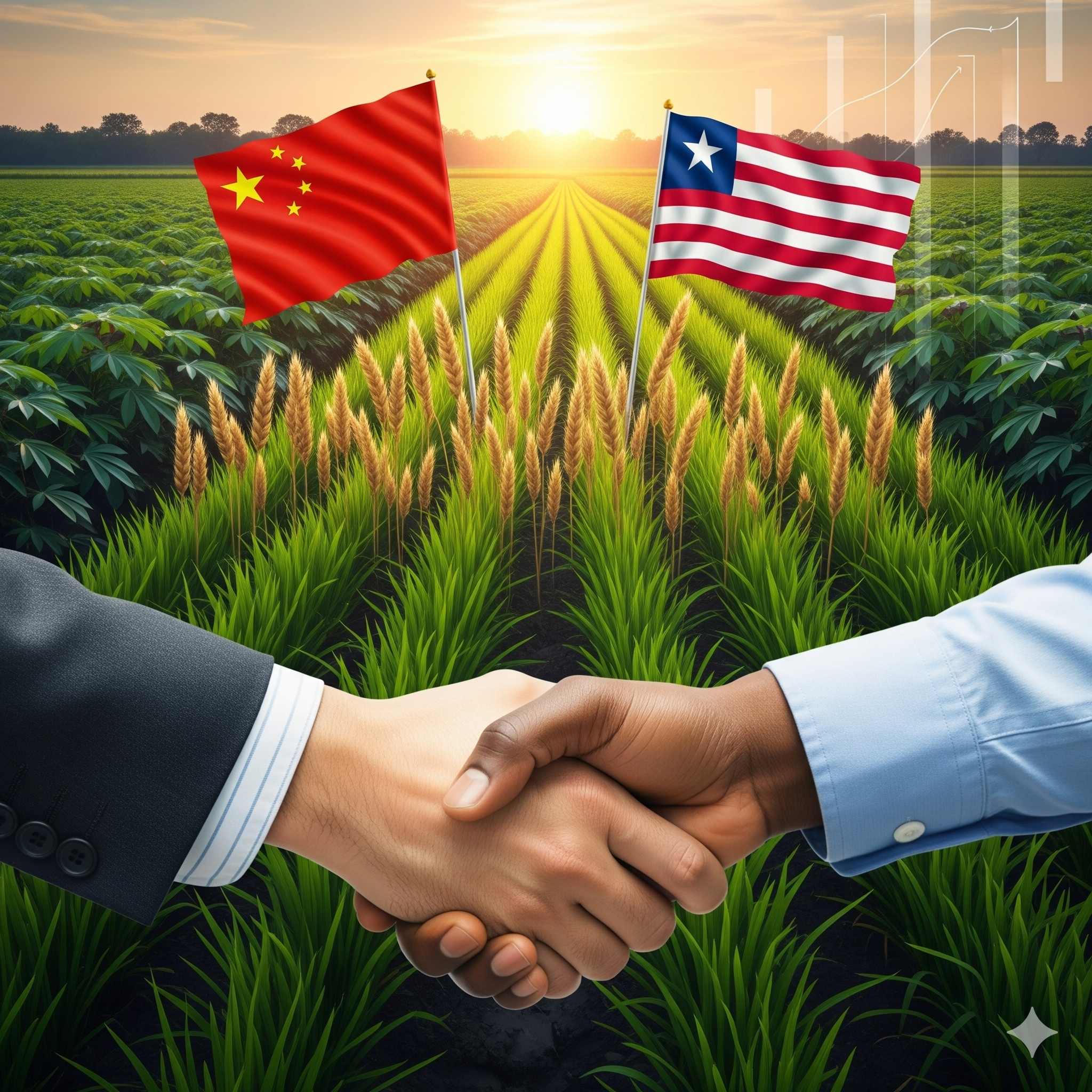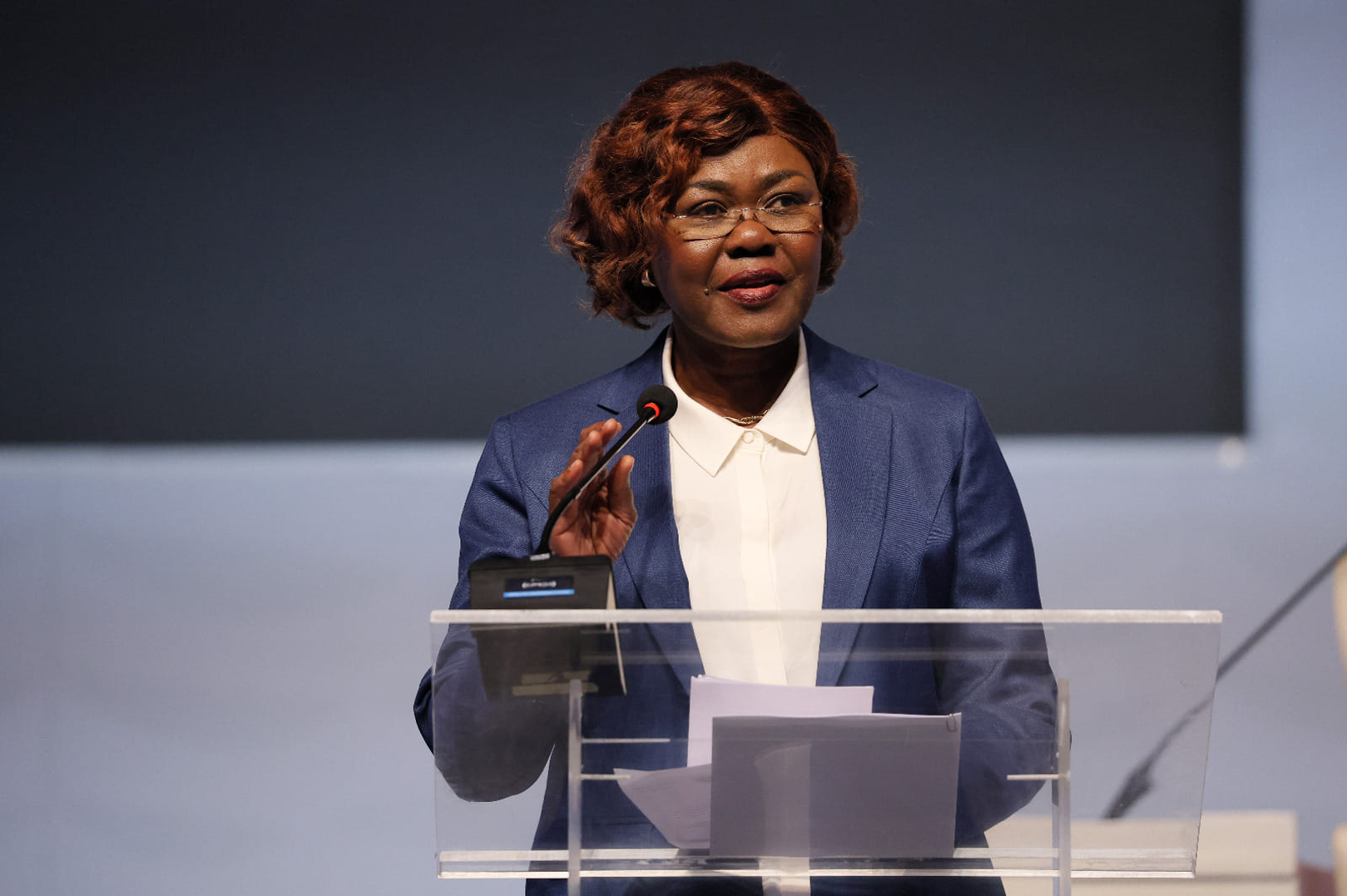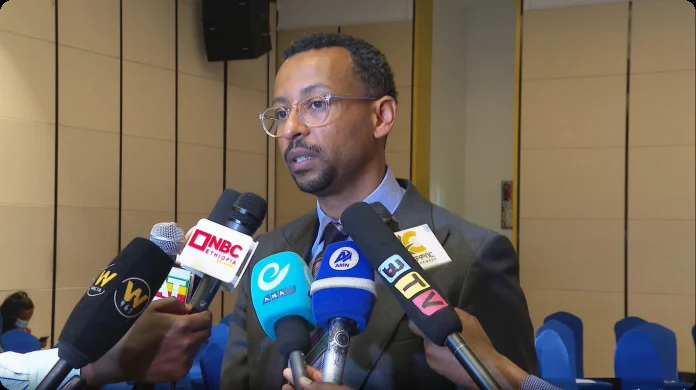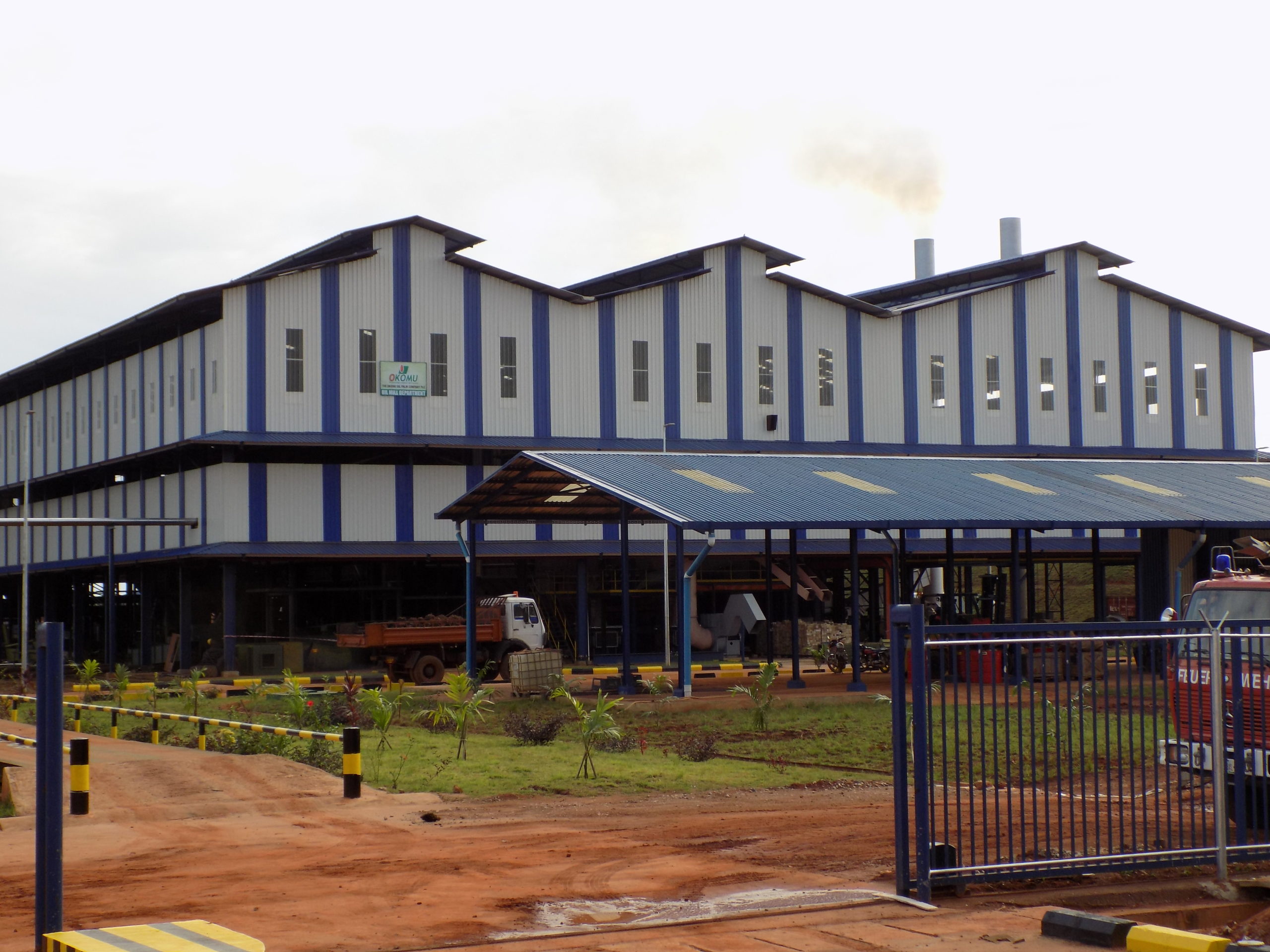The Liberia Play: Deconstructing China's Agri-Investment Thesis
Mainland Group’s US$100m Liberia agri deal—announced Aug 13, 2025—targets a 1,000-ha rice site by Q3–Q4 ’25 and cocoa processing by Q1 ’26. Markets should care if offtakes, guarantees, and LCY/hedges land—turning PR into cash flows, tighter spreads, and semi-processed export FX.

China’s Mainland Group’s US$100 million commitment to Liberia’s agriculture is not aid; it is a vertically integrated supply-chain hedge—and a live test of whether frontier agri can deliver alpha when structure, not slogans, leads. Announced on August 13, 2025 at a government press briefing, the programme spans cassava starch, rice mills, cocoa/coffee processing, a sugar refinery with cane development, and near-port warehousing—an asset mix designed to compress the farm-to-factory-to-port cycle, pull margin capture onshore, and reduce working-capital drag across the chain. Timelines are tight: a 1,000-hectare rice site in Fuamah (Bong County) is targeted for commissioning around Q3–Q4 2025, with cocoa processing slated for Q1 2026. If those dates hold, early cash flows pull forward and lower the effective cost of capital on subsequent tranches.
Since the August launch, authorities have reiterated scope, sites, and target dates, and positioned the project within a broader investment push, but hard execution artifacts are still pending. As of September 19, 2025, there are no publicly disclosed EPC awards, ground-breaking imagery, or construction progress reports for Fuamah; no published offtake contracts for cocoa liquor/butter/powder or refined sugar; no visible risk wraps (PRI/PRG/PCG) or financing-close terms (coupon, tenor, LCY share, hedge program); and no posted ESIA/permits beyond high-level guidance. In other words: the deal is at the announced + scoped stage, with near-dated milestones approaching.
Macro conditions are more supportive than a year ago—domestic inflation has eased and the LRD has been firmer—improving visibility on imported capex and input pricing as plants ramp. Meanwhile, softs remain rich: ICE cocoa futures (ICE:CC) are still at historically elevated levels, so shifting from raw-bean exports to in-country processing (liquor, butter, powder) captures a materially larger value slice. Even with Liberia’s modest cocoa output, value-add becomes meaningful if throughput and quality control improve. Near-port warehousing should smooth export cadence, shorten days-sales-outstanding, reduce demurrage, and curb quality losses that have historically eroded margins.
For markets, this is a structure story. Mainland’s hybrid model—private capital paired with state-provided machinery and implementation support—blends cost of capital with execution certainty. Layer in dated offtakes and insurance/guarantee wraps with explicit coverage percentages and trigger language, and expected loss drops—tightening all-in borrowing costs by 150–250 bps. Add local-currency lines or hedged USD windows and the perennial FX-mismatch premium that caps frontier participation shrinks, inviting local lenders and crossover credit. Reliable semi-processed output narrows local basis risk versus ICE:CC and sends a structural supply signal that can feed into cocoa-linked products such as NIB (NYSE Arca) and broad ag baskets like DBA (NYSE Arca). Successful commissioning also creates comparables for blended-finance and ECA structures across West Africa—especially where offtake-linked facilities, escrow arrangements, and first-loss tranches are deployed—compressing spreads for the next cohort of processing-led projects.
What will move this from promise to priced? Over the next 4–8 weeks: evidence of civil-works start at Fuamah, equipment shipment/installation schedules, and MOUs converting to offtake contracts. Over the next 6–12 months: a named, dated pipeline (asset, capacity, ticket, tenor, collateral); a published risk waterfall showing who holds credit/FX/political/offtaker risk and when; disclosure of LCY share/hedging with pass-through assumptions; and a basic green/agri-efficiency taxonomy (energy-efficient dryers, wastewater treatment, regenerative cane) tied to KPIs that can support sustainability-linked loans at tighter coupons.
A simple scenario map clarifies the stakes. Bull case: commissioning on time, utilization 60–70% in year one, two multi-year offtakes signed; borrowing costs compress 150–250 bps, inventory turns improve 20–30%, FX receipts rise on semi-processed exports, and the structure becomes replicable. Base case: one-quarter slippage, utilization 45–55%, one offtake signed; warehousing/receivables still cut DSO by 15–20 days, attracting local lenders and mezz funds for the next tranche. Bear case: commissioning drifts, wraps and offtakes stall, working capital balloons; the project reverts to headline risk.
That is why the market should care now. If timelines, offtakes, and wraps materialize, the US$100 million becomes a template—higher-margin exports, steadier FX inflows, investable paper for ESG and agri credit, and a repeatable, insurance-wrapped architecture others can price off. If structure stays opaque and milestones slip, treat dates as soft guidance and keep risk premia where they are.
Watchlist to verify progress quickly:
- Ground-breaking/contractor mobilization at Fuamah (photos, permits, EPC name).
- Rice line equipment shipment/installation schedule.
- Cocoa plant site selection and pre-construction timeline for Q1’26.
- Any disclosed offtakes (cocoa liquor/butter/powder; rice buyers) and wraps (PRI/PRG/PCG).
- Financing specifics: debt mix, LCY share/hedge program, effective coupon.





